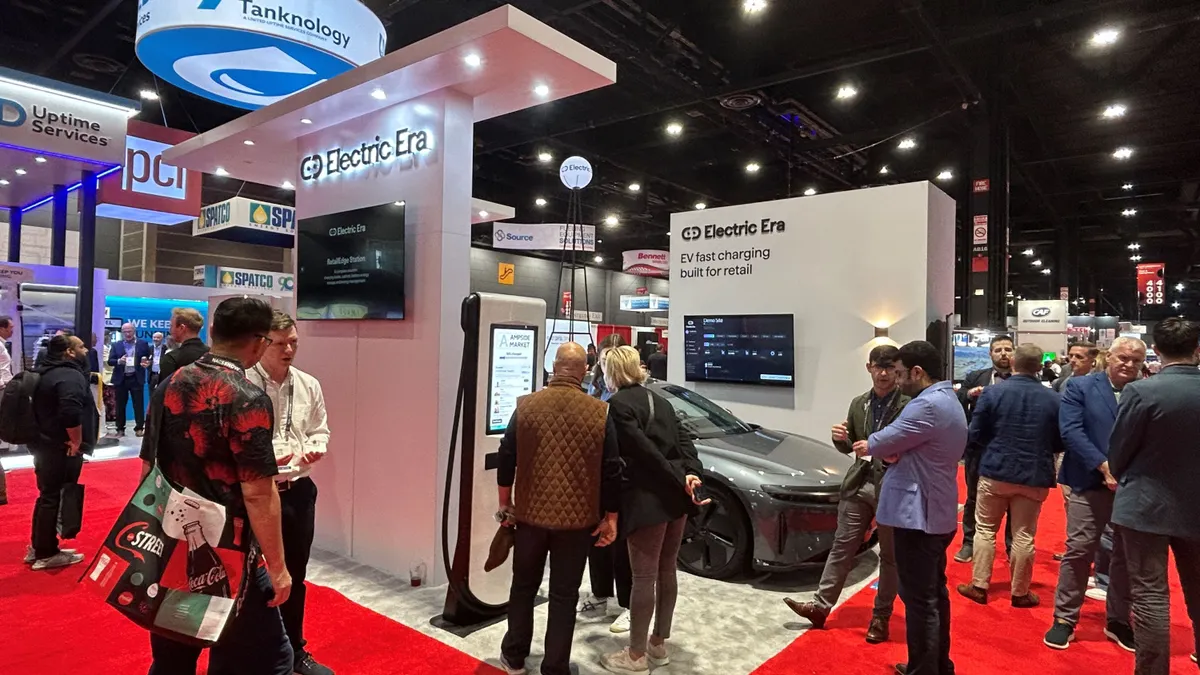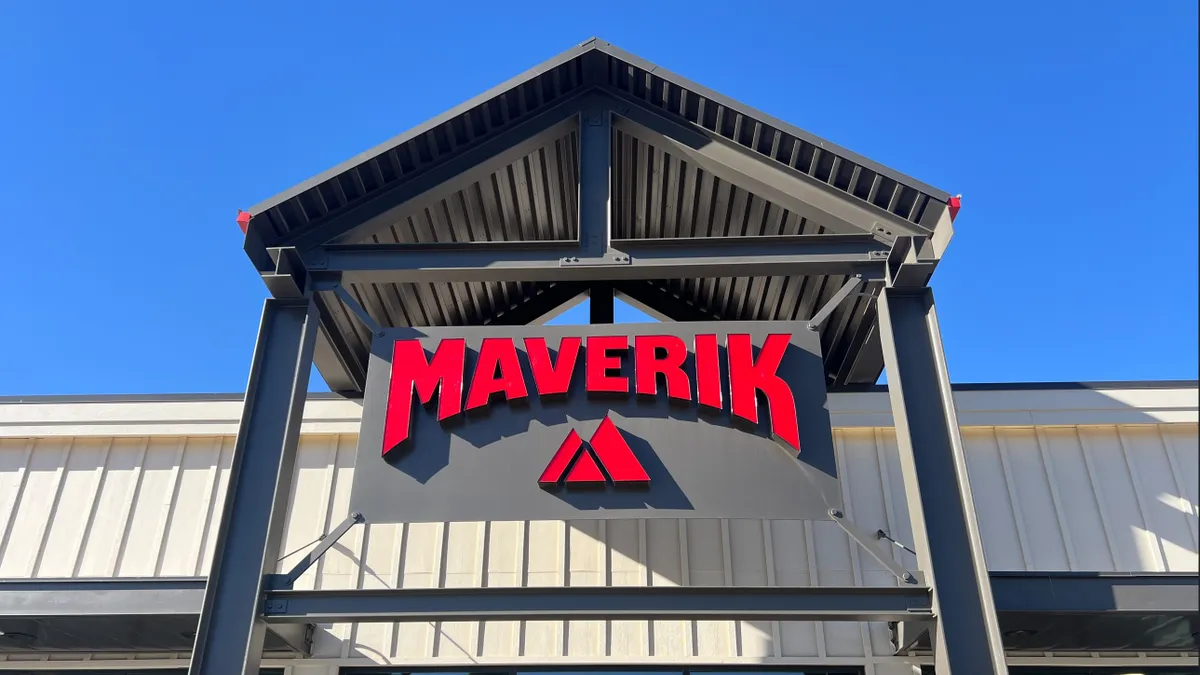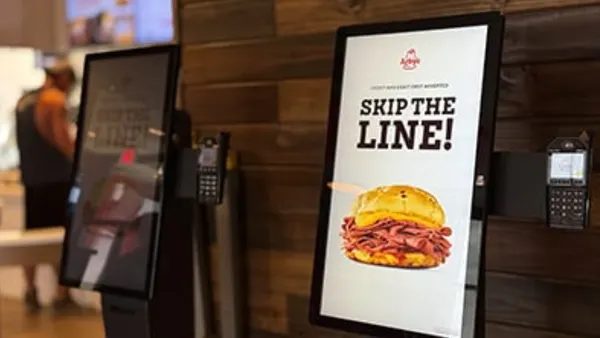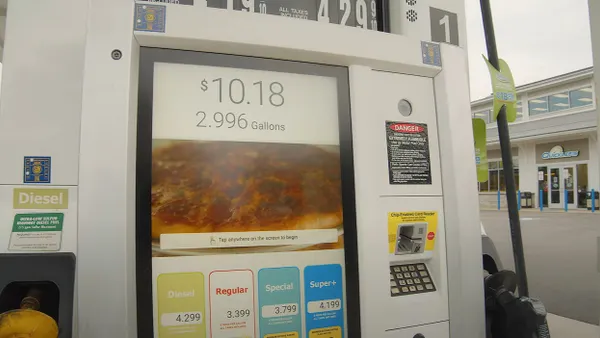With a few days to recover from and reflect on the week at the NACS Show, several clear themes in the EV charging space stood out. While fewer players seemed present compared with past years, the ones in attendance displayed a higher level of maturity—signaling that the market is shifting from rapid expansion to thoughtful consolidation and value creation across immersivity, integration, and intelligence.
Immersive: EV charging is no longer just a utility – it's a customer‑experience driver
In the early days of EV charging rollouts, the focus was almost exclusively on “how fast can I get from 20% to 80%?” While that remains important, today, most public DC fast‑charging sites already offer power levels that outstrip the maximum acceptance rate of today’s vehicles. As a result, speed is now more or less table stakes.
Instead, the strategic distinction is shifting to how the charging moment becomes part of a broader store‑visit experience: what do you do with the dwell time, what interactions the driver engages with, and how the store converts that dwell into incremental revenue. According to research from the Transportation Energy Institute (TEI), the average charging session at a convenience‑store site is a little over 30 minutes—time that can be monetized if the site is right.
For a C‑store operator, that means locating the chargers thoughtfully (ideally near the store entrance or forecourt amenities), providing clear visibility into the store offerings, and servicing the site (lighting, restrooms, security) to ensure the stay is comfortable and safe.
In short: installing a charger is just the starting point and retailers need to think bigger than monetizing electrons—optimizing for dwell, conversion and customer perception is what elevates the investment.
Integrated: Charging data is driving a platform shift, from hardware to integrated retail operations
As C-stores continue to expand their value proposition—moving from fuel + snack to fuel + food + retail‑groceries—the emergence of EV charging adds a new dimension to that one‑stop proposition. But to execute it well, simply renting out your parking space to a third-party charging network isn’t going to cut it.
Data from EV sessions (how long drivers stay, what ancillary purchases they make, charger downtime, queueing) is increasingly becoming a strategic asset.
From your standpoint:
- Can your point‑of‑sale system or store analytics platform tie EV customer visits to in‑store purchase behaviour (coffee, food‑to‑go, groceries)?
- Do you have software or controls in place to manage charger uptime, monitor utilization and optimize charger mix (e.g., number of high‑power vs. mid‑power units)?
- Are you integrating charger status, availability and promotions into your loyalty app or digital signage to drive foot‑traffic during a charging event?
In short: EV charging is no longer simply “come install a charger and hope for the best.” It’s becoming another node in your omnichannel retail‑technology stack—and in many respects another customer‑data source.
Intelligent: EV strategy and AI strategy are at a confluence, the next frontier for C‑store EV alignment
One of the most compelling trends at the show was how EV charging providers are positioning themselves not just as hardware vendors but as intelligent retail‑experience platforms. For example, Electric Era launched RetailEdge, a 400 kW charger with a large customer‑facing touchscreen built for retailers: promoting loyalty programs, retail media, store offers—and backed by an embedded AI conversational agent capable of multilingual support at the charger.
What does this mean for the c‑store operator?
- The charging bay is evolving into a retail touchpoint: the driver is parked for ~30 minutes; why not use that time to surface personalized deals, upsell snacks, push loyalty offers or even pre‑order in‑store items while charging?
- Using AI means you can personalize the experience: welcome the driver by name (if they’re logged in), show them an in-store promotion based on purchase history, tell them “you have 10 minutes remaining” with suggestions to head inside to pick up a fresh sandwich.
- From an operational standpoint: AI and connected‑charger data requires specific attention to orchestration and interoperability—can your AI agent talk to the EV charging AI agent? Is it easy to integrate data and train the AI agent on your store specific data?
In essence: if your broader strategy includes AI or digital‑transformation, then the EV charging rollout becomes a logical extension of that—not just a green adjacency.
What this means for you:
-
Think of the charger as a foot‑traffic generator: EV owners are an appealing segment: younger, higher income, more environmentally minded—and they are more likely to visit a location if charging is available. In traditional fueling, the majority of profit comes from in-store purchases despite that being the minority of transactions. Think about what this means for longer dwell time opportunities.
-
Design the charging moment as one of your omnichannel touchpoints: From lighting and safety to the in‑store offer, don’t treat charging as an afterthought. Drivers expect integrated experiences from the first touch to the last (both of which are in the parking lot!).
- Don’t build AI capabilities in a silo: One of the keys in turning AI from hype into value is ensuring your AI has full contextual awareness and knowledge to deliver the most intelligent action, whether that’s for troubleshooting a charging session or promoting the right in-store product.
Learn more at electricera.tech.










